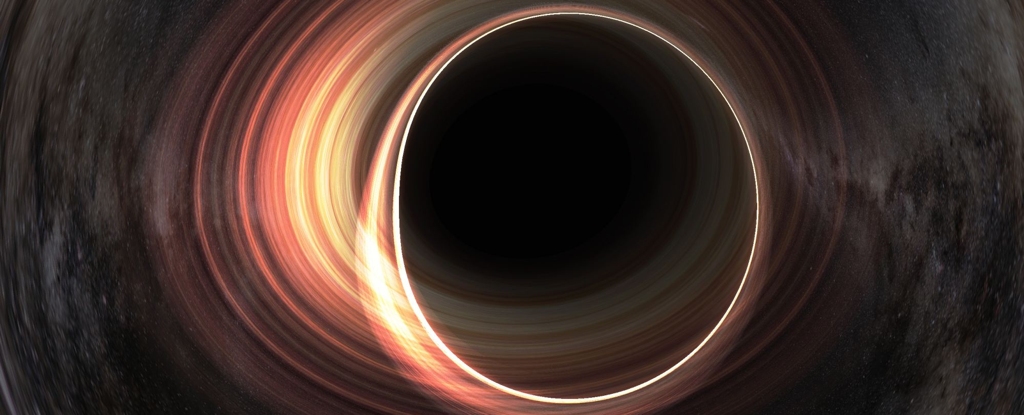"Black Hole Moon" Could Power Alien Civilisations: New Study

A groundbreaking study by Harvard Professor Avi Loeb suggests that advanced alien civilisations could utilise a "black hole moon" to power their home planet indefinitely. This intriguing concept, detailed in a recent paper published in the *Research Notes of the American Astronomical Society
(RNAAS), explores the potential for harnessing the immense power of black holes for technological advancement.
The idea builds upon the seminal work of Roger Penrose, who in 1971 proposed a method to extract energy from a rotating black hole. Known as the Penrose Process, it involves harnessing the energy released when matter is accelerated to near-light speed in the black hole's accretion disk.
Since then, numerous researchers have proposed that such advanced civilizations could employ the Penrose Process to power their societies, creating a potential "technosignature" that could be detected by future SETI surveys. Loeb's latest study further develops this concept, focusing on a "black hole moon" orbiting a planet, offering a sustainable and potentially detectable source of energy.
Loeb posits that these "black hole moons" would be relatively small, weighing only one hundred thousand tonnes (10^11 g) and radiating Hawking Radiation, a phenomenon predicted by Stephen Hawking in 1975. While these black holes would evaporate within a year and a half, Loeb suggests they could be sustained by feeding them a small amount of matter â just 2.2 kg per second. In return, they would provide an inexhaustible power supply.
"This black hole system is the most efficient engine that I ever thought about," Loeb explained in an email to Universe Today. "The fuel is converted to energy with the perfect efficiency of 100%, because the mass falling into the black hole is ultimately coming out as Hawking radiation."
The energy output of such a "black hole moon" is staggering â a continuous supply of 40 quadrillion (40^15) Watts, surpassing global energy consumption by ten thousand times. Furthermore, the black hole could utilise any form of matter as fuel, including waste, offering a clean and efficient solution to garbage disposal.
Loeb acknowledges the immense technological challenge of creating such a black hole engine. He points to a recent paper where he argued that black holes can be formed from light, suggesting the possibility of using the concentrated energy of a Type II civilisation to create these "black hole moons".
The detectability of these "black hole moons" is a significant aspect of Loeb's proposition. The gamma-ray radiation emitted by the black hole would illuminate the orbiting planet, creating a unique and potentially observable technosignature. This offers a potential avenue for future SETI research, expanding our search for extraterrestrial intelligence beyond the traditional focus on radio waves.
While the concept of a "black hole moon" remains in the realm of theoretical speculation, it presents a fascinating and potentially groundbreaking idea. If such technology exists, it would represent an unprecedented level of technological advancement, leaving an undeniable mark on the cosmic landscape. Loeb's research underscores the importance of continued exploration and investigation into the possibilities of advanced extraterrestrial civilizations, potentially revealing new insights into the nature of the universe and our place within it.





